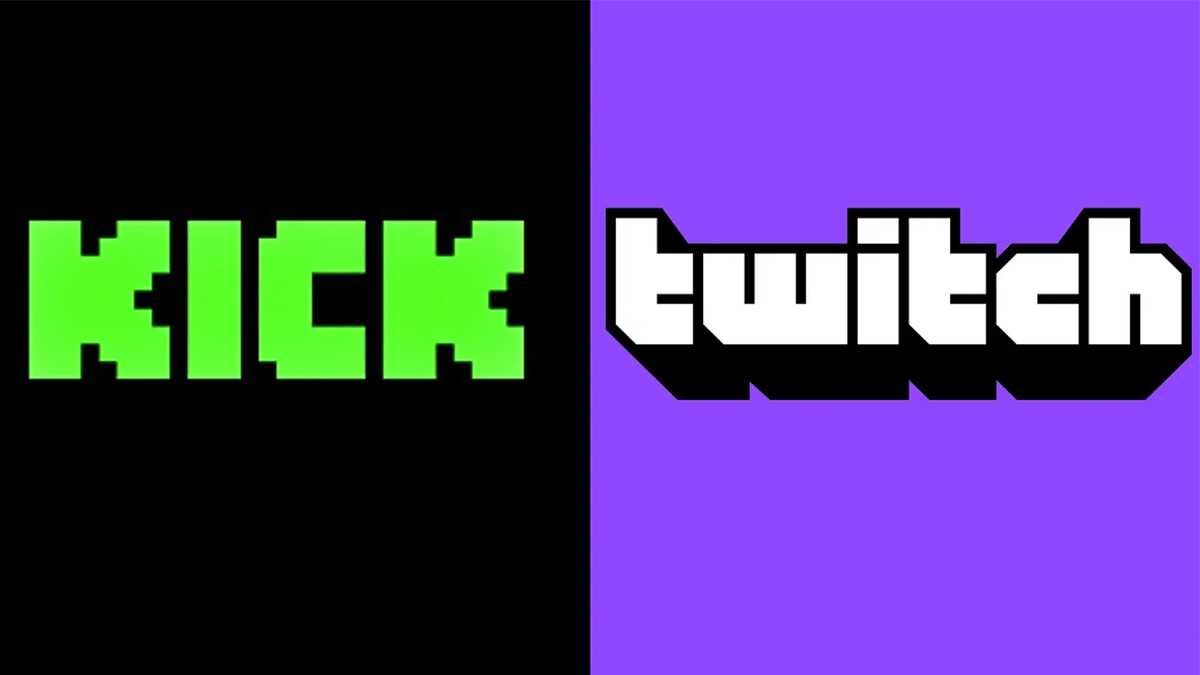Since its inception in 2011, Twitch has been a leader in live streaming platforms, especially in the areas of video game streaming, eSports competitions and music streaming. The Amazon-owned platform has become so popular that some influencers and top streamers have turned their passions into careers. It seemed like Twitch and YouTube would remain the only leaders in streaming, but now Kick has appeared.
Kick: A New Era in Streaming
Launched in December 2022, Kick is a new streaming platform that mimics the interface and core features of Twitch but has a different business model. The focus here is on easing moderation and increasing revenue share for streamers. Unlike Twitch’s 50% revenue and YouTube’s 70%, Kick offers streamers 95% of revenue, leaving the platform with just 5%. This is one of the highest percentages of revenue sharing, making the platform attractive to streamers.
Security and moderation on Kick
Due to the lack of strict moderation, users often note that Kick is not as safe as Twitch or YouTube. Additionally, the platform is supported by cryptocurrency casinos, making gambling free for everyone on the network. Considering that the majority of users of streaming platforms are children and young people, this raises concerns.
Despite its youth (less than a year since launch), Kick already has 12 million active users. Kick’s interface is almost identical to Twitch. On the Kick home page you’ll find lists of streams, including featured streams, top categories, groups, and recommended channels. You can stream videos in a variety of categories including gaming, IRL, music, gambling, creative and alternative.
Register and start broadcasting on Kick
To start streaming on this new platform, you can sign up on the Kick website or download the app for iOS and Android. The registration process is simple and requires entering basic information such as email, date of birth, username and password. Kick users must be at least 13 years of age, and users under 18 require additional permission from a parent or guardian.
To stream to Kick, you must use software that supports RTMP, such as OBS or XSplit. To create a live stream, follow these steps: Go to Kick.com, log into your account, go to Creator Dashboard Settings, find “Stream Key,” open your streaming software, paste the stream key into the program, return to Kick and click “Edit broadcast information”, add information and click “Save”, return to the streaming program and click “Start”. Live streaming from the mobile app is not possible, but you can watch other streams, interact with users, receive exclusive content, subscribe to channels and send donations to streamers.
One of the first major streamers to join Kick was Trainwreckstv, who helped the company launch and fix bugs during beta testing. He was followed by Adin Ross, and streamer xQc, with over 11 million subscribers, also added an account on Kick, where he already has over 400 thousand subscribers.
Streamers on Kick receive 95% of the revenue from their streams and also keep 100% of viewers’ tips. There are several ways to make money on this platform, including the Kick creator program, creating memberships for exclusive content, promoting your own store, and affiliate marketing.
Kick vs Twitch: the future of streaming
At the moment, Kick is still lagging behind Twitch. Many streaming fans are skeptical about the move to a new platform, with users describing the environment as “toxic” and more prone to harassment. With looser moderation on the platform, it will be difficult to stop this without stricter restrictions. On the other hand, making money on Kick is much easier than on Twitch. Streamers are in a difficult position, but the future of Kick is still unknown.
As of today, the comparison between Kick and Twitch looks like this:
1. User Base and Popularity (out of 10):
Twitch: 9/10. Twitch has a huge user base and is widely known among streamers and viewers.
Kick: 5/10. Kick is still gaining popularity and its user base is significantly smaller than Twitch’s.
2. Profitability for Streamers (out of 10):
Twitch: 6/10. Twitch offers streamers about 50% of revenue from subscriptions and advertising.
Kick: 9/10. Kick offers streamers up to 95% of revenue, which is significantly higher than Twitch.
3. Security and Moderation (out of 10):
Twitch: 8/10. Twitch has a strict moderation system and security policy.
Kick: 4/10. Kick has looser moderation, which can lead to more toxicity and harassment.
4. Opportunities for Growth (out of 10):
Twitch: 7/10. There’s a lot of competition on Twitch, but there’s also a lot of room for growth thanks to its huge audience.
Kick: 6/10. There is less competition on Kick, but the audience is still smaller.
5. Interface and Usability (out of 10):
Twitch: 8/10. Twitch has an intuitive interface and a wide range of features.
Kick: 7/10. Kick mimics the Twitch interface, but some features may be less developed.
6. Streamer support (out of 10):
Twitch: 7/10. Twitch offers various support and development programs for streamers.
Kick: 6/10. Kick offers a high percentage of earnings, but there are fewer support programs for now.
7. Monetization of Content (out of 10):
Twitch: 7/10. Twitch offers a variety of monetization methods, including subscriptions, advertising, and donations.
Kick: 8/10. Kick gives streamers a larger share of revenue, which can be more beneficial for monetization.
Recommendations
For New Streamers: Kick can be a good choice to start a career due to less competition and high profitability.
For Experienced Streamers: Twitch remains preferred due to its larger audience and more advanced features.
For Viewers: Twitch offers a wider selection of content and better security.
Kick represents an interesting alternative to Twitch, especially in terms of profitability for streamers. However, Twitch is still the leader due to its huge audience, advanced features and strict security system. Kick’s future will depend on its ability to attract new users and improve its features and security policies.

